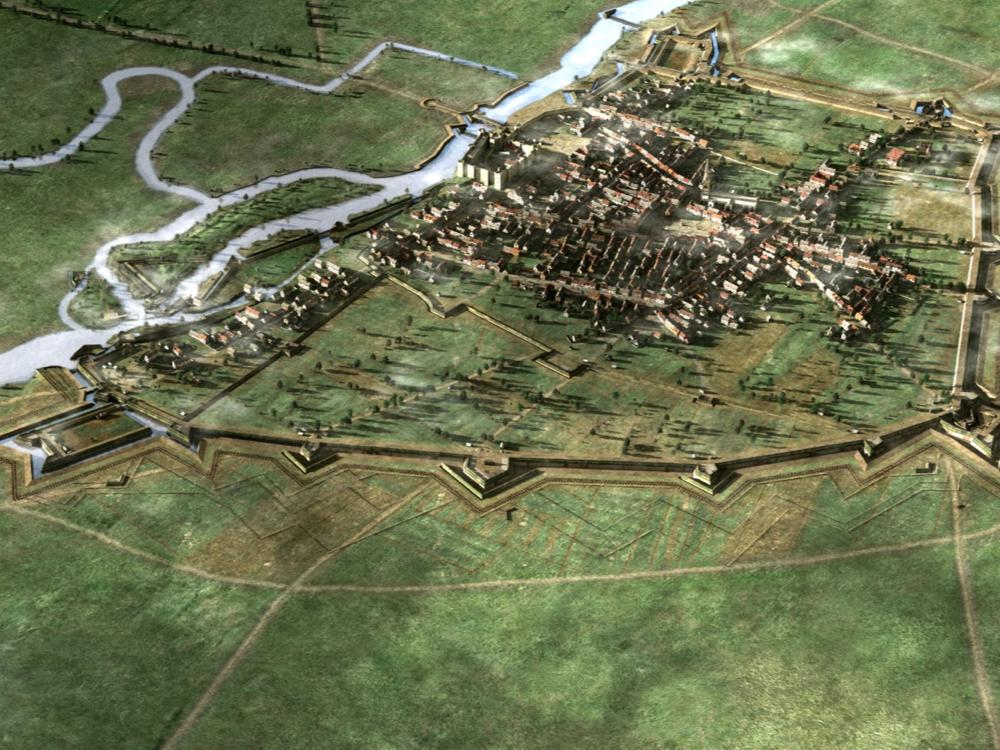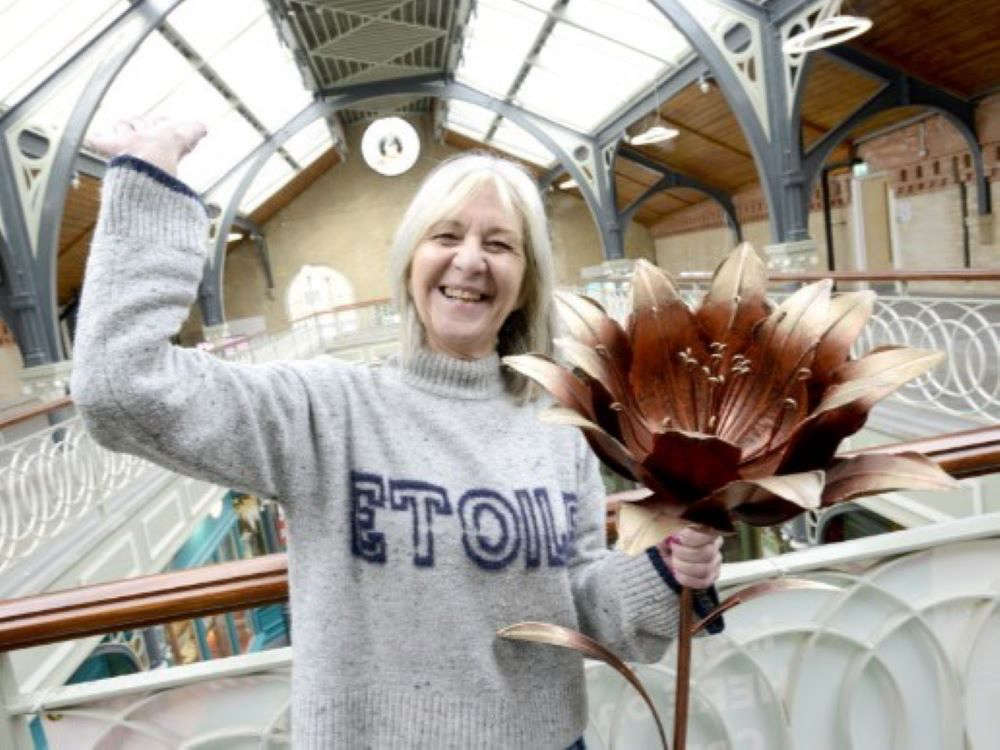
Archaeologists are nearing the end of a major two week dig near Newark to investigate a 370 year old relic from the British Civil Wars.
A redoubt – a 15 metre square earthwork at Crankley Lakes Camping and Caravan Park, near South Muskham - is a scheduled ancient monument and is thought to have been used as a cannon battery by Scots assailing the town during the third siege in 1645 when the royalist outpost was surrounded by 16,000 troops.
Bounded by a grassy ditch the site is part of the best preserved network of military earthworks from the period surviving anywhere in the UK.
Dig leader Dr Rachel Askew from the University of Central Lancashire explained:
“There are twelve scheduled sites locally, including the Queen’s Sconce, which is amazing when so much has been lost elsewhere. But there have been few archaeological investigations to see what’s really there so this is a great opportunity to expand our knowledge. So far we have recovered drinking vessels and ceramics from the 17th century which is encouraging. It shows that there's been intensive use of the site at the right time. It's quite a distance from central Newark, so it's possible the battery was built to protect the Great North Road and cut off all hope of rescue for the beleaguered royalists.”
Archaeologists will be at the National Civil War Centre on Appletongate, Newark, this weekend (10am to 4pm, 20 and 21 May) to reveal their finds and explain more about the exciting project, which could be followed by others. The museum owns an original siege plan drawn up by a royalist engineer which plots many of the military earthworks around the town.
Dr Askew and her colleagues are also testing another intriguing theory that the redoubt was built over a century earlier on the orders of Henry VIII. It is known that the fearsome monarch ordered defences to be built around Newark to protect the Great North Road and River Trent during the rebellion against his religious reforms called the Pilgrimage of Grace.
“We have also found pottery from that period on site and if we could prove the Henry VIII link that would be an amazing discovery of national significance,” adds Dr Askew.
The excavation has the permission of the landowner and Historic England, who are responsible for protecting ancient monuments. Local metal detectorist Ken Burrell has also been working with the archaeologists to ensure metal objects like cannon balls are not missed.


 Murder Investigation Launched
Murder Investigation Launched
 Could you be a blood donor?
Could you be a blood donor?
 Radio Newark on DAB Digital Radio.
Radio Newark on DAB Digital Radio.
 Newark jam-packed with events this spring and summer
Newark jam-packed with events this spring and summer